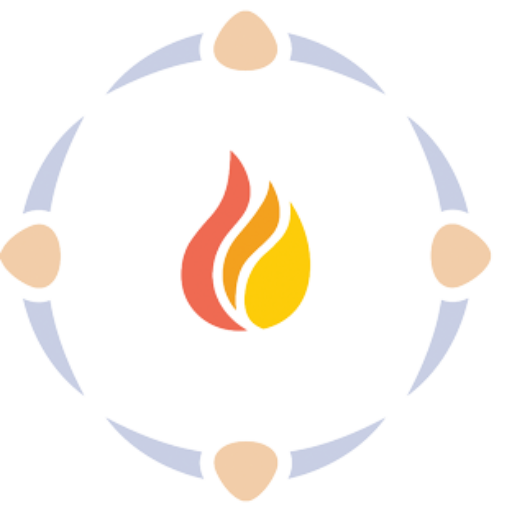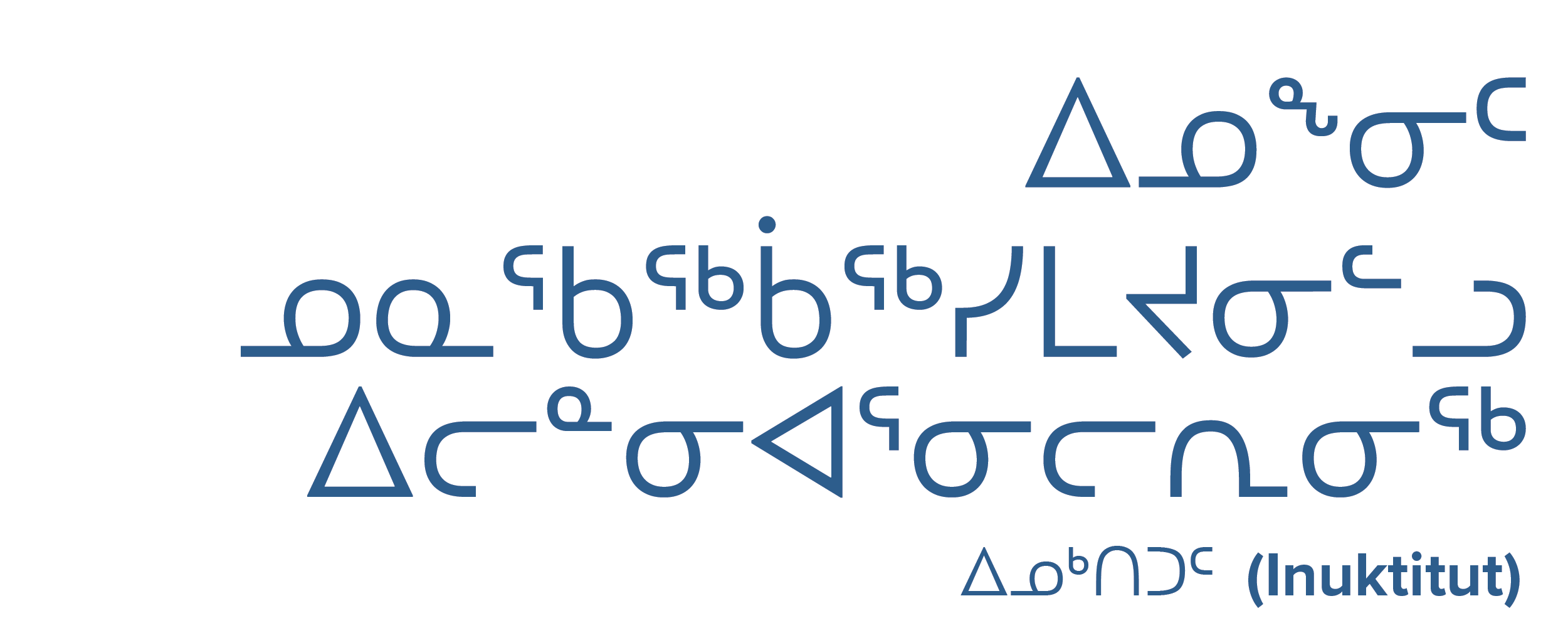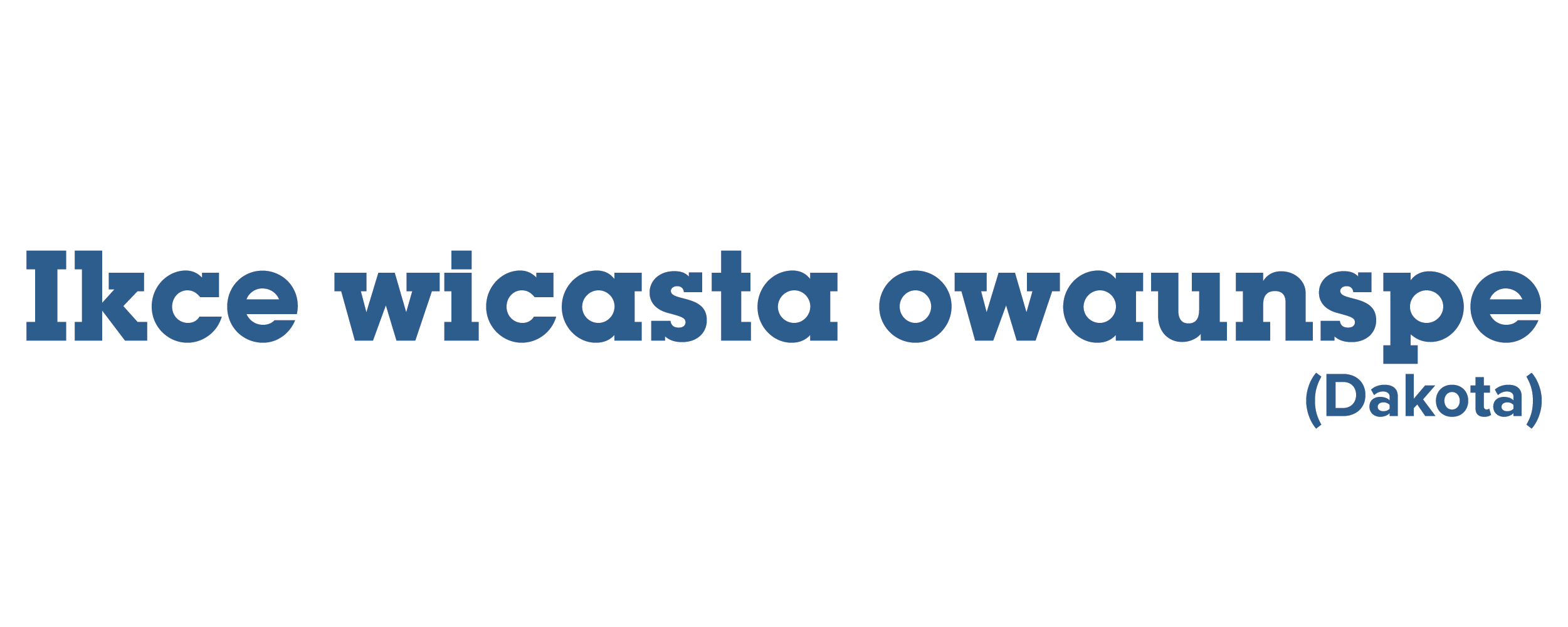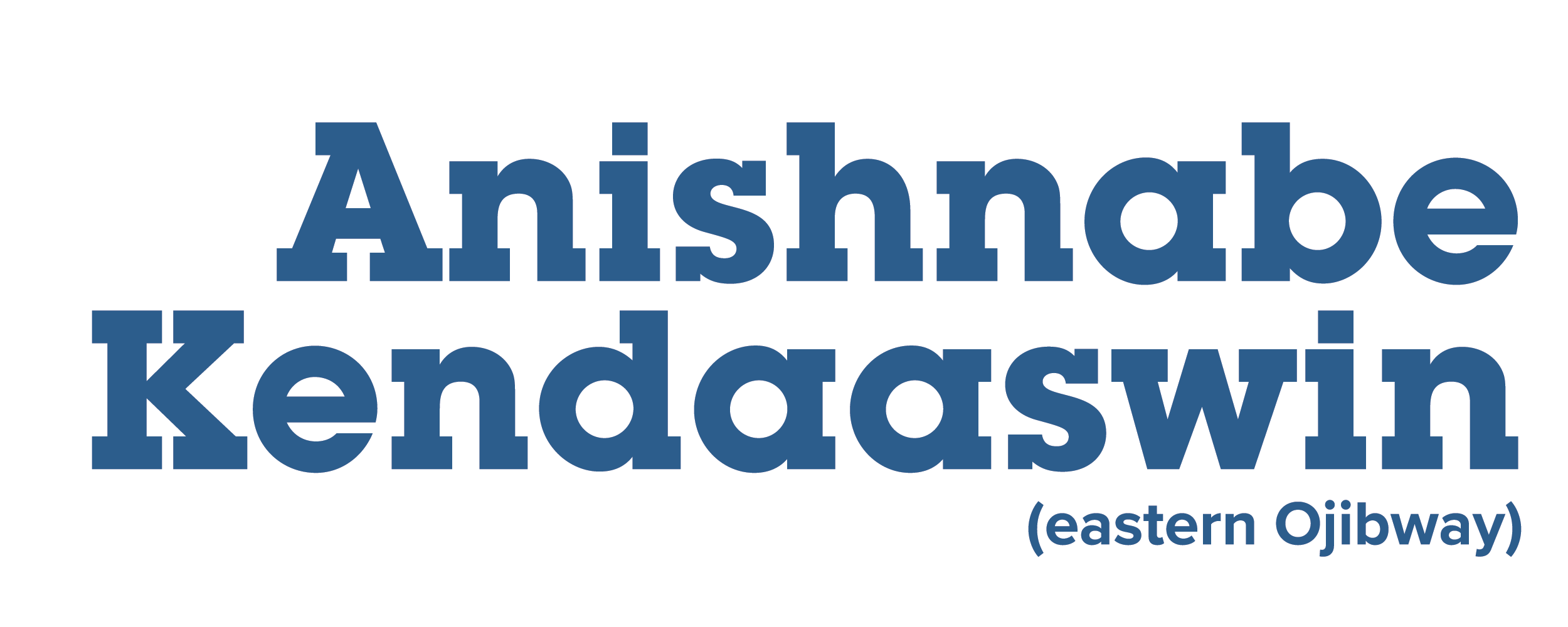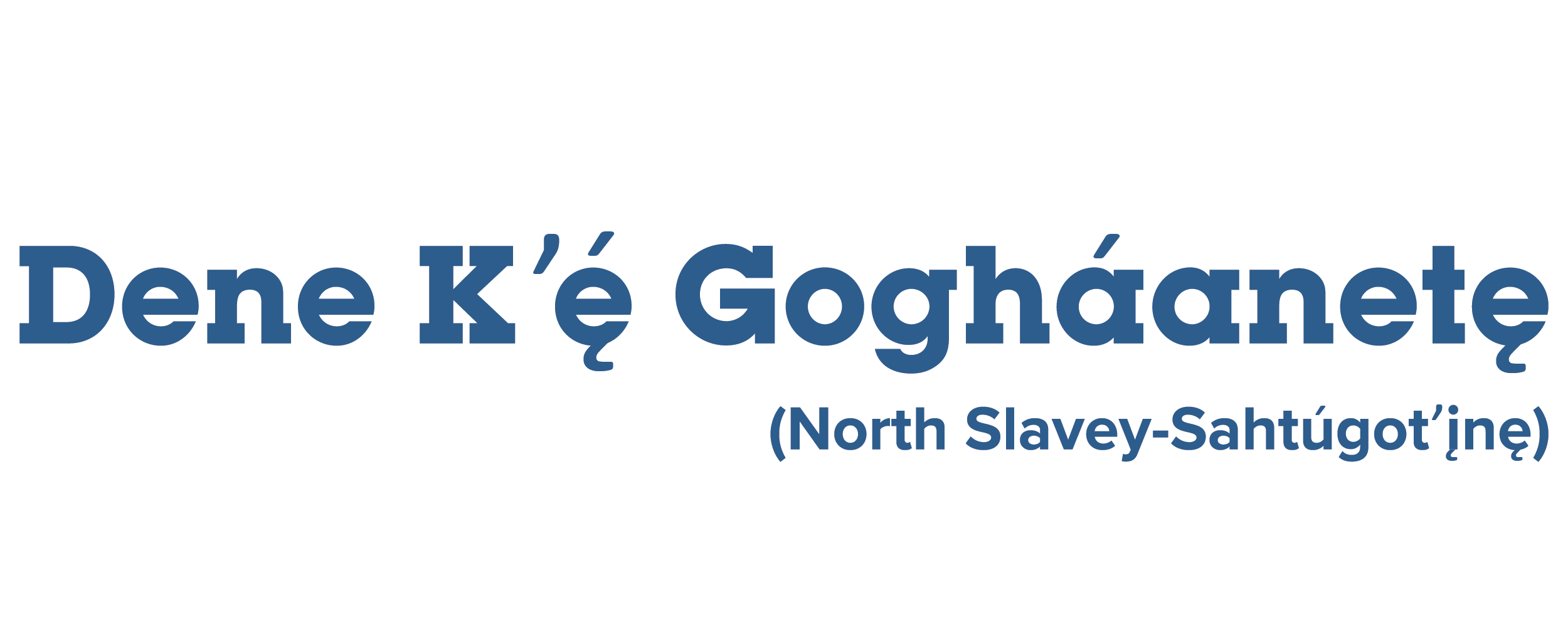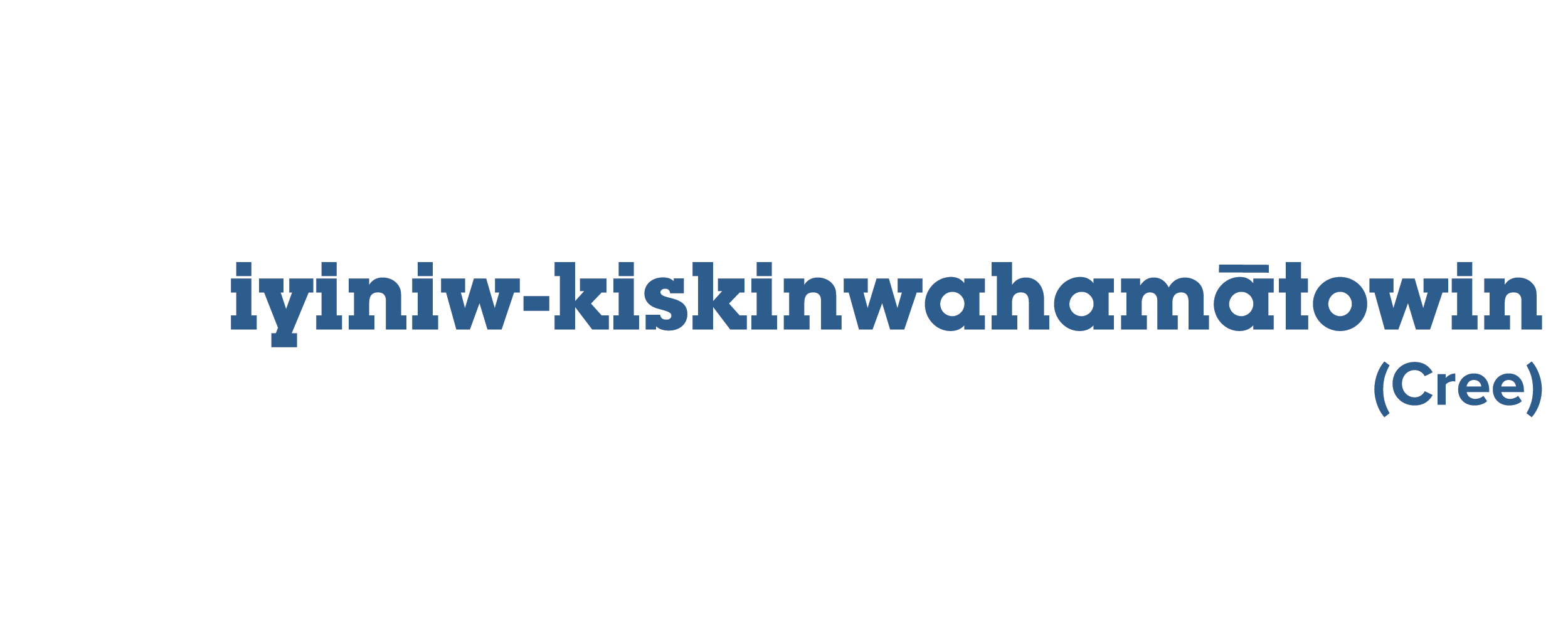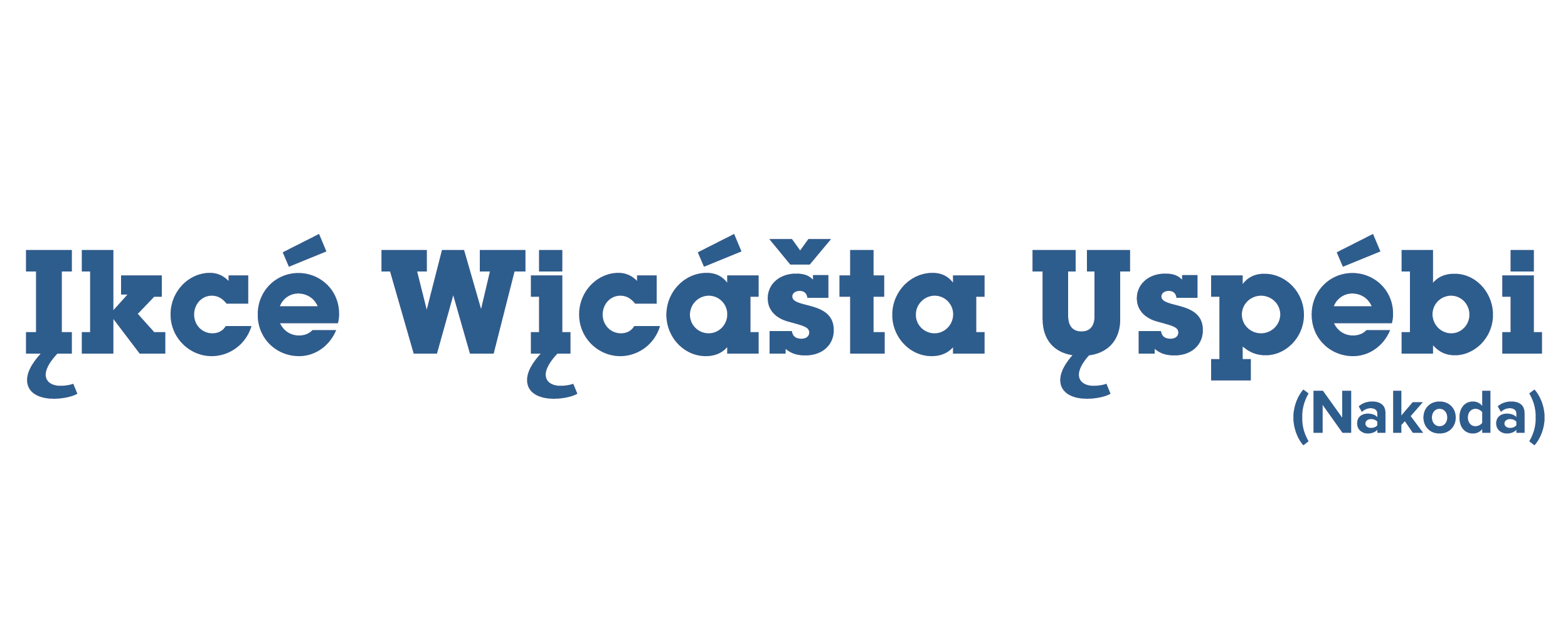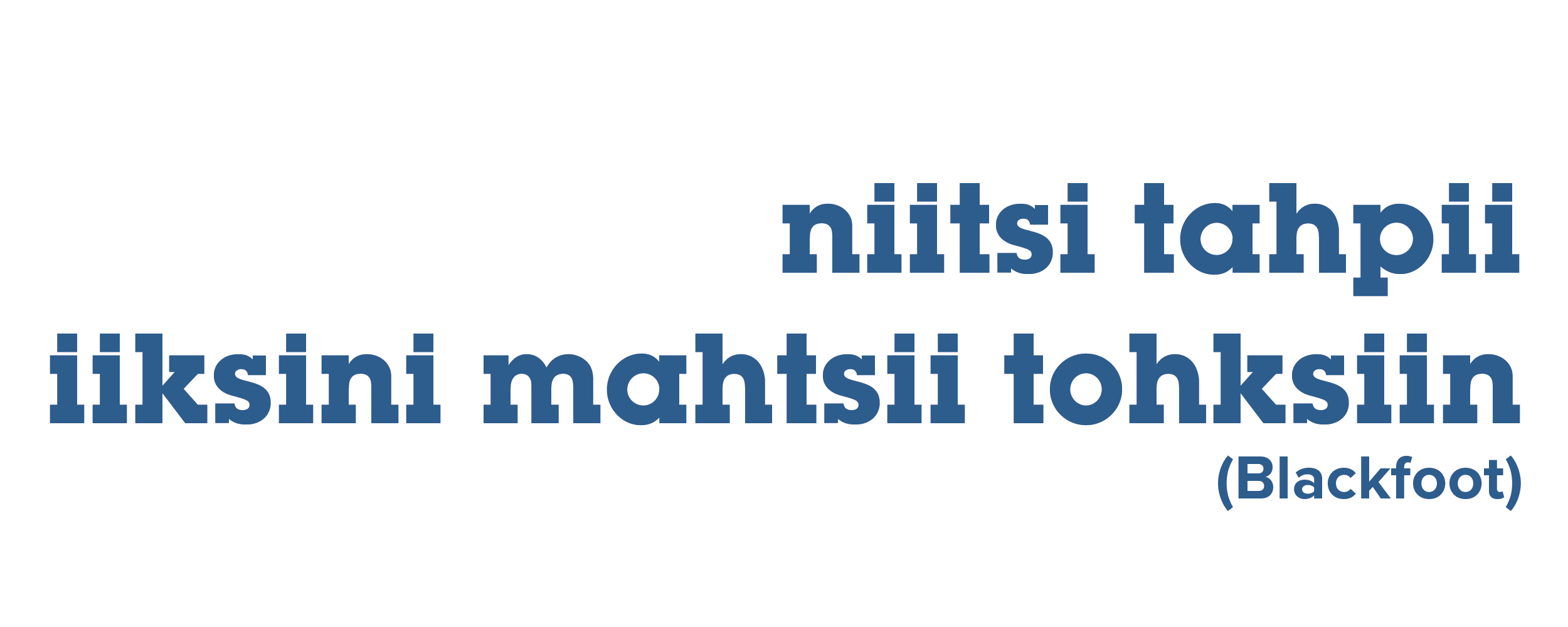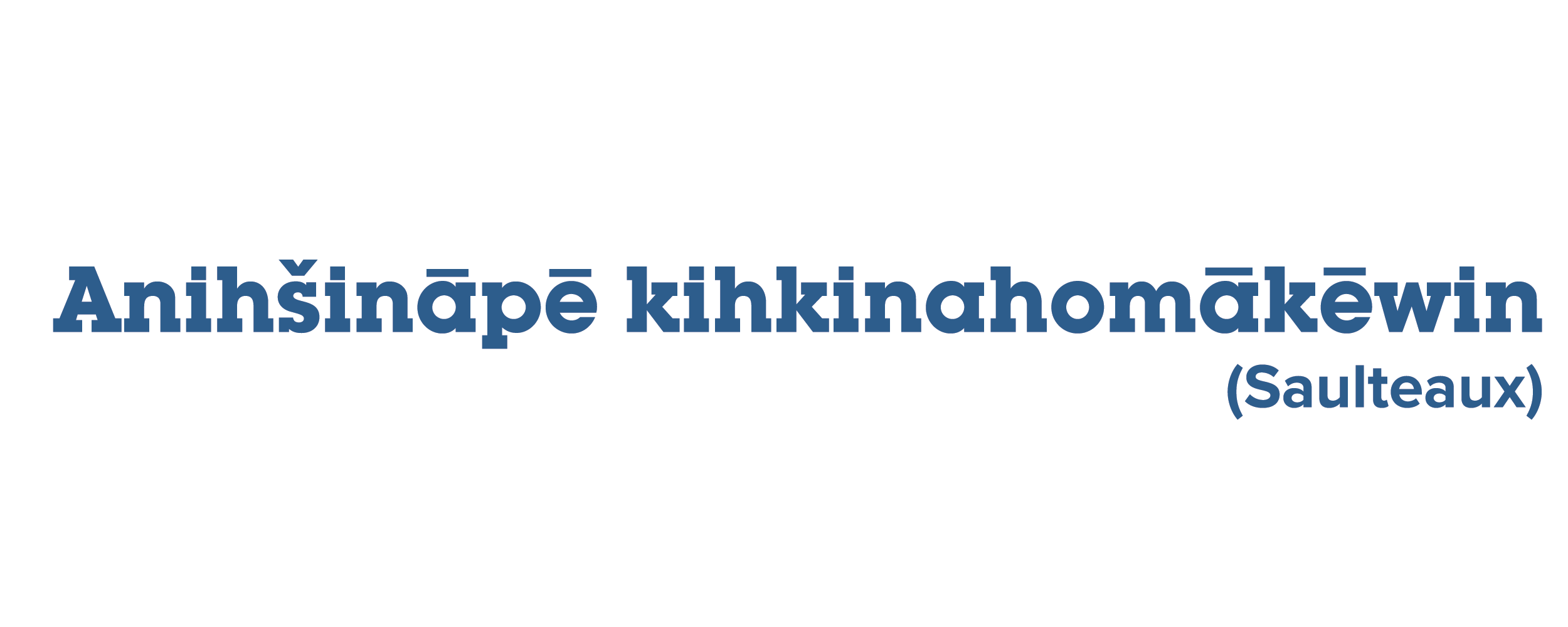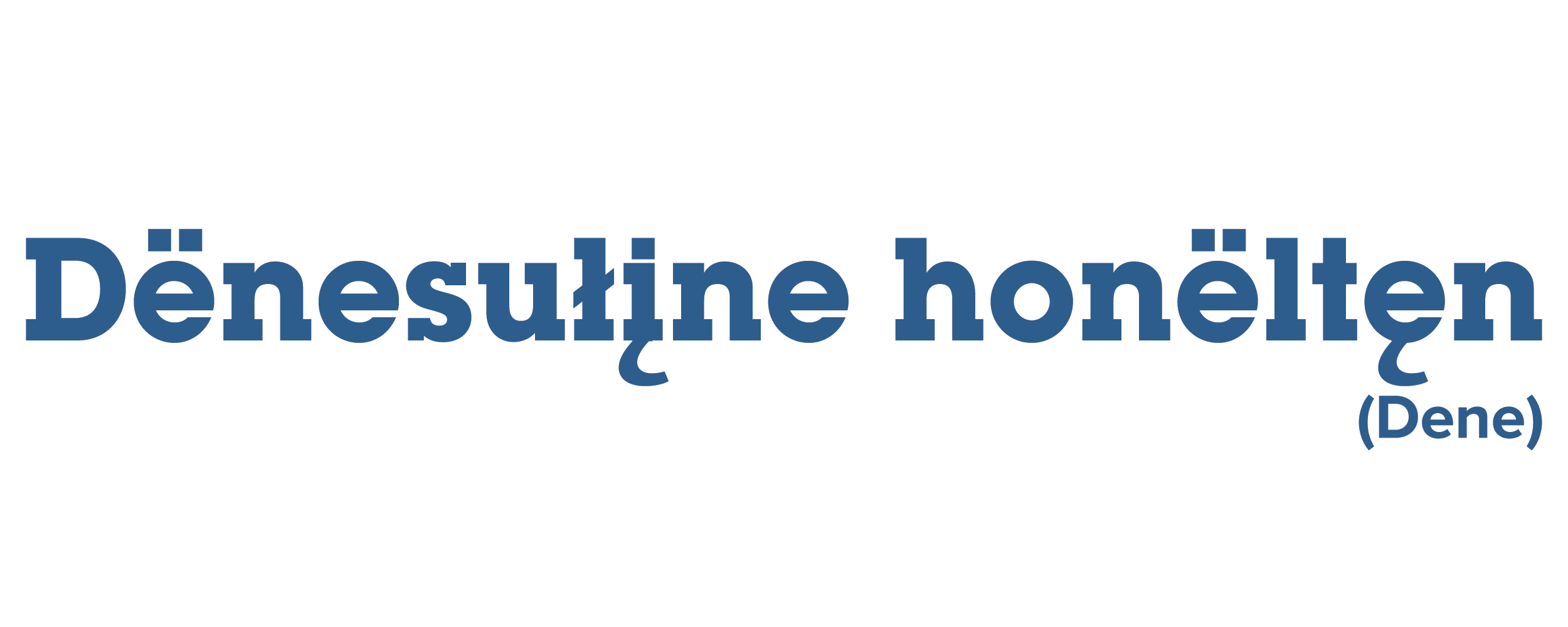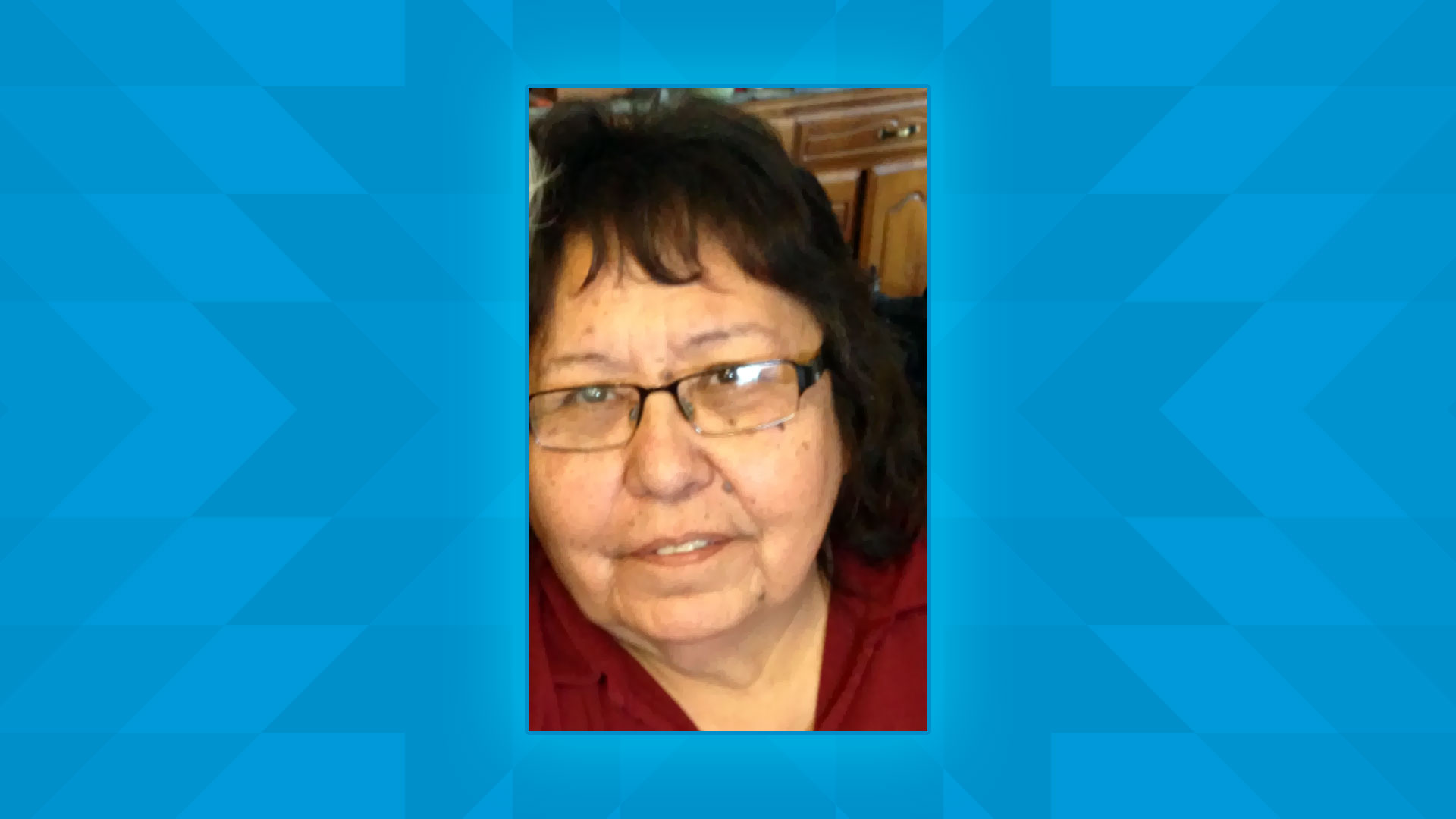Posted on novembre 22, 2020 by Alina Perrault
Elements of Art – Textures in Our Environment explores the connection between art and life. It links Indigenous values, such as our connection to water and our protection of Mother Earth, to artistic representations. In this lesson, Sara Leah Hindy, a Mi’kmaw teacher, introduces the significance of place and explores textures in one of her […]
Elements of Art – Textures in Our Environment explores the connection between art and life. It links Indigenous values, such as our connection to water and our protection of Mother Earth, to artistic representations. In this lesson, Sara Leah Hindy, a Mi’kmaw teacher, introduces the significance of place and explores textures in one of her favourite places, the beach. Using a rock collected on the beach, Marcus Gosse, a Mi’kmaw artist, then guides students on an artistic journey that weaves together a story of people and place through petroglyph-inspired rock art. Following the lesson, students are encouraged to explore their own special places and create a story that they would like to share through an art piece, uniquely theirs.
The complete lesson, Elements of Art – Textures in Our Environment, can be found in NCCIE’s Teaching Resource Centre at https://www.nccie.ca.
Posted on avril 8, 2020 by Lisa Jodoin
Audrey Benoit, Vice-Principal of Se’t A’newey Kina’matino’Kuom in Miawpukek First Nation describes how they celebrate and support Indigenous culture in their school.
Audrey Benoit, Vice-Principal of Se’t A’newey Kina’matino’Kuom in Miawpukek First Nation describes how they celebrate and support Indigenous culture in their school.
Posted on mars 2, 2020 by Frannie and Kisa Rogers
Lonny is Traditional Knowledge Holder working to fill in what were cultural blank spaces with Indigenous dialogue and narrative to create a meaningful cultural support to the clients and staff of the Rotary House. Lonny discusses how important it is to create cultural space for not only clients but also for front line workers dealing […]
Lonny is Traditional Knowledge Holder working to fill in what were cultural blank spaces with Indigenous dialogue and narrative to create a meaningful cultural support to the clients and staff of the Rotary House. Lonny discusses how important it is to create cultural space for not only clients but also for front line workers dealing in the field of mental health. Cultural space is necessary for people to experience what is meaningful for them and to start healing steps. He shares the five components required for Indigenous Education to be truly culturally based and grounded.
Posted on by
Angela sits on many different boards. She sits as the DEA for many years. Angela holds knowledge of our community that benefits our people.
Angela sits on many different boards. She sits as the DEA for many years. Angela holds knowledge of our community that benefits our people.
Posted on décembre 23, 2019 by Lisa Jodoin
Marilyn John, a math tutor at Se’t A’newey Kina’matino’Kuom, in Miawpukek First Nation, describes her work with students in grades 7,8 and 9. She talks about the community’s loss of language and the challenges of reviving Mi’Kmaw 80 years later. She concludes by advocating for the reintroduction of traditional crafts.
Marilyn John, a math tutor at Se’t A’newey Kina’matino’Kuom, in Miawpukek First Nation, describes her work with students in grades 7,8 and 9. She talks about the community’s loss of language and the challenges of reviving Mi’Kmaw 80 years later. She concludes by advocating for the reintroduction of traditional crafts.
Posted on mars 18, 2019 by stephenjolly
In this interview, Mary Jane Joe shares her vision for Indigenous education. She explains the importance of future generations maintaining the knowledge of their elders and to keep their traditions alive. Mary Jane Joe is a knowledge keeper and Elder-in Residence at Langara College in Vancouver, BC.
In this interview, Mary Jane Joe shares her vision for Indigenous education. She explains the importance of future generations maintaining the knowledge of their elders and to keep their traditions alive.
Mary Jane Joe is a knowledge keeper and Elder-in Residence at Langara College in Vancouver, BC.
